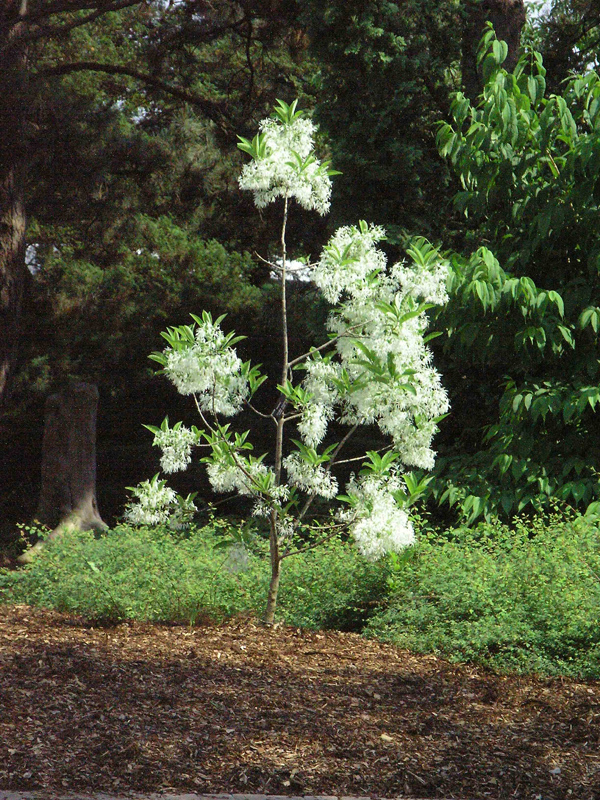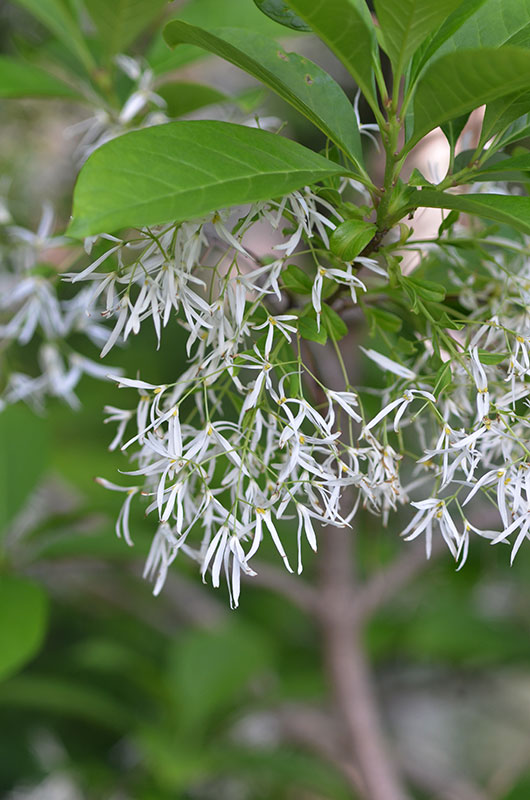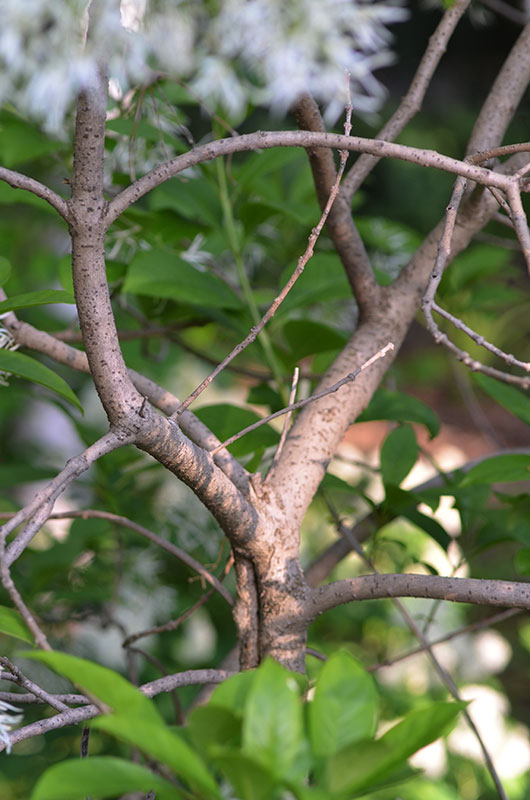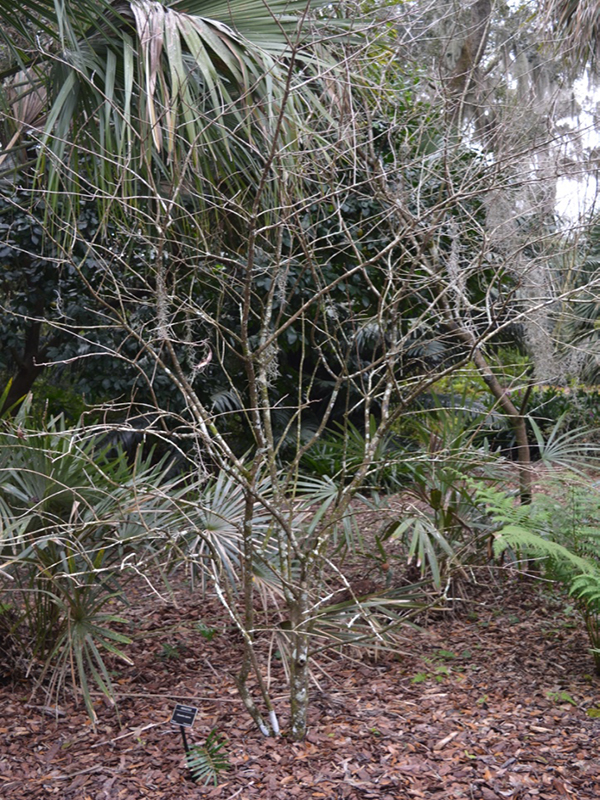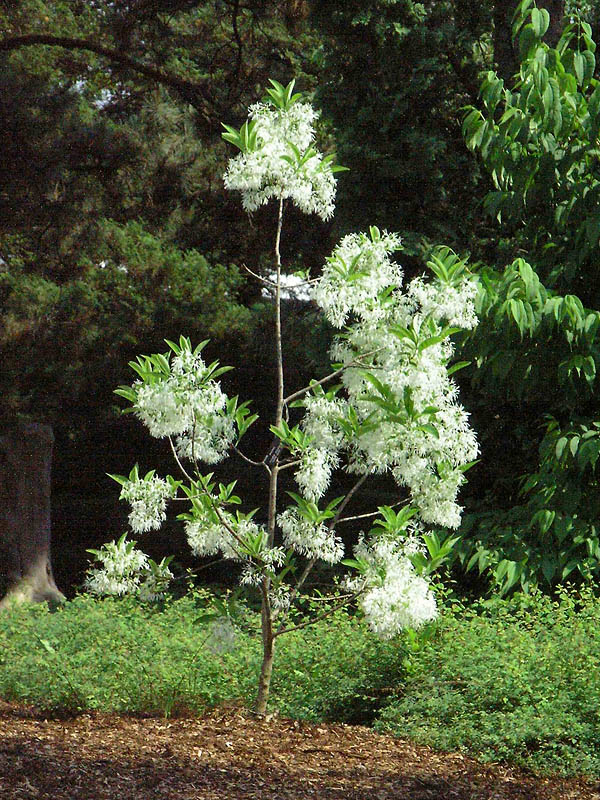| General Description | Could be a large shrub or tree, often very wide and short, beautiful white fragrant flowers in May or June. Not very cold hardy in far northern climates. Leaf is opposite, simple and entire.
|
| ID Characteristic | Beautiful, fragrant white flowers which are pendulous: the fruit resembles a a small black grape. Often shrub-like in form.
|
| Shape | Large shrub or small tree with an open habit, often wider than high. |
| Propagation | Seed has a double dormancy and requires a warm period of 3-5 months until root establishes but shoot remains dormant. Cold temperatures for one or more months overcomes shoot dormancy. It may also be grafted onto Fraxinus rootstock with dubious results.
|
| Cultivation | Transplant in early spring, not easy to move from established location, full sun to partial shade, pruning not usually necessary.
|
| Pests | No serious problems, however scale, borer and cankers have been seen on some trees.
|
| Notable Specimens | The A.M.(Mac) Cuddy Gardens, Strathroy, Ontario, Canada.
Bok Tower Gardens, Lake Wales, Florida,United States of America. |
| Habitat | Alongside rivers or swamps in North America. More commonly found in warmer climates like Virgininia. |
| Bark/Stem Description | Grey and smooth when young becoming more rigid at maturity.
|
| Flower/Leaf Bud Description | 2 mm long, green to brown, 3 pairs of sharp pointed scales.
|
| Leaf Description | Opposite or sub-opposite, simple, narrow and elliptic, 7.5-20 cm long and 2.5-10 cm wide, medium to dark green and shiny on top with pale underside.
|
| Flower Description | Dioecious, white, usually fragrant, 160 - 20 cm long, blooms in May or June on previous years wood.
|
| Fruit Description | Dark blue, fleshy grape shaped drupe, in August to September, birds love them but very bitter tasting for humans.
|
| Colour Description | Green leaves, grey bark and white flowers.
|
| Texture Description | Leaf is soft on top and the edges and the bark is smooth until full maturity and may become rigid.
|
